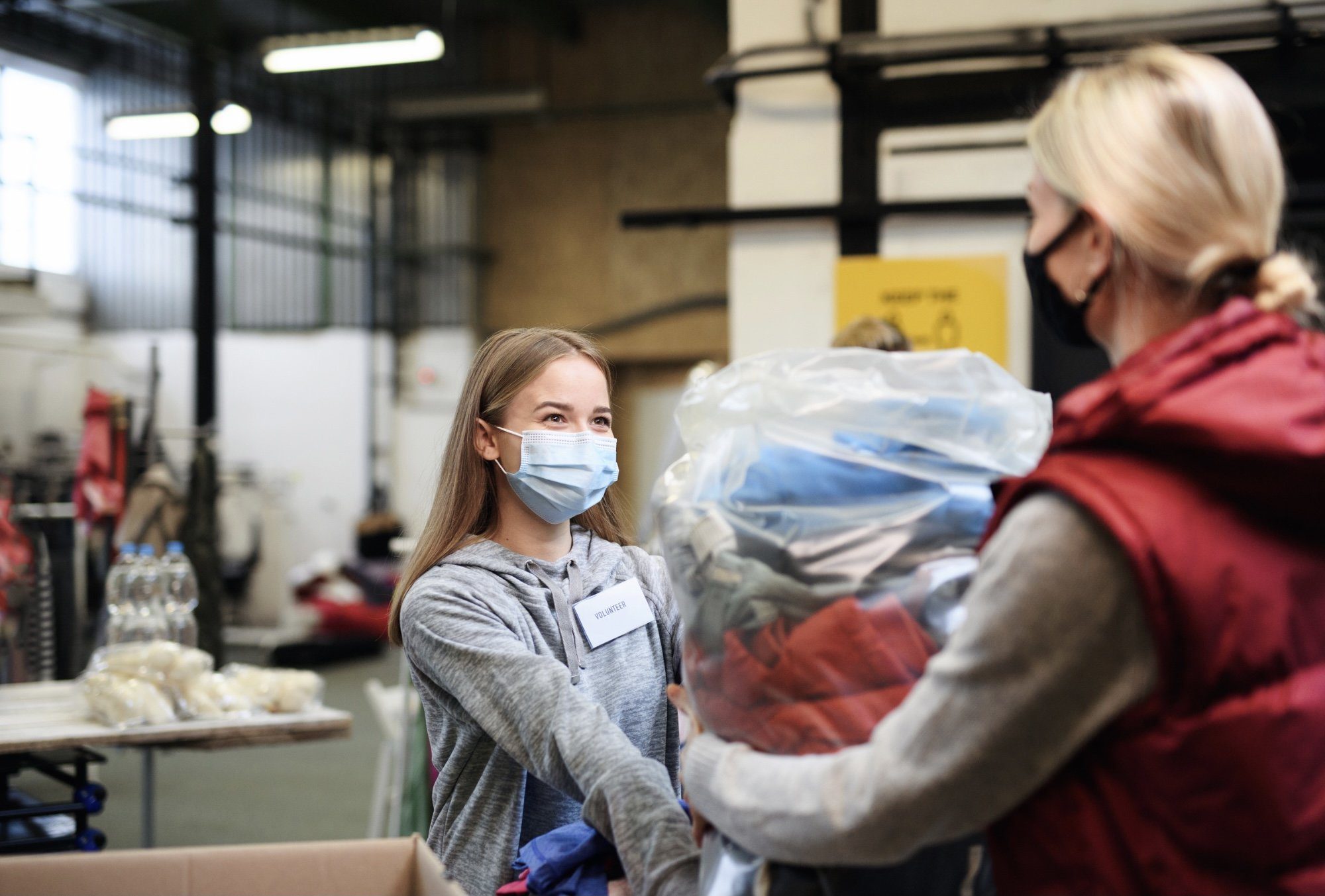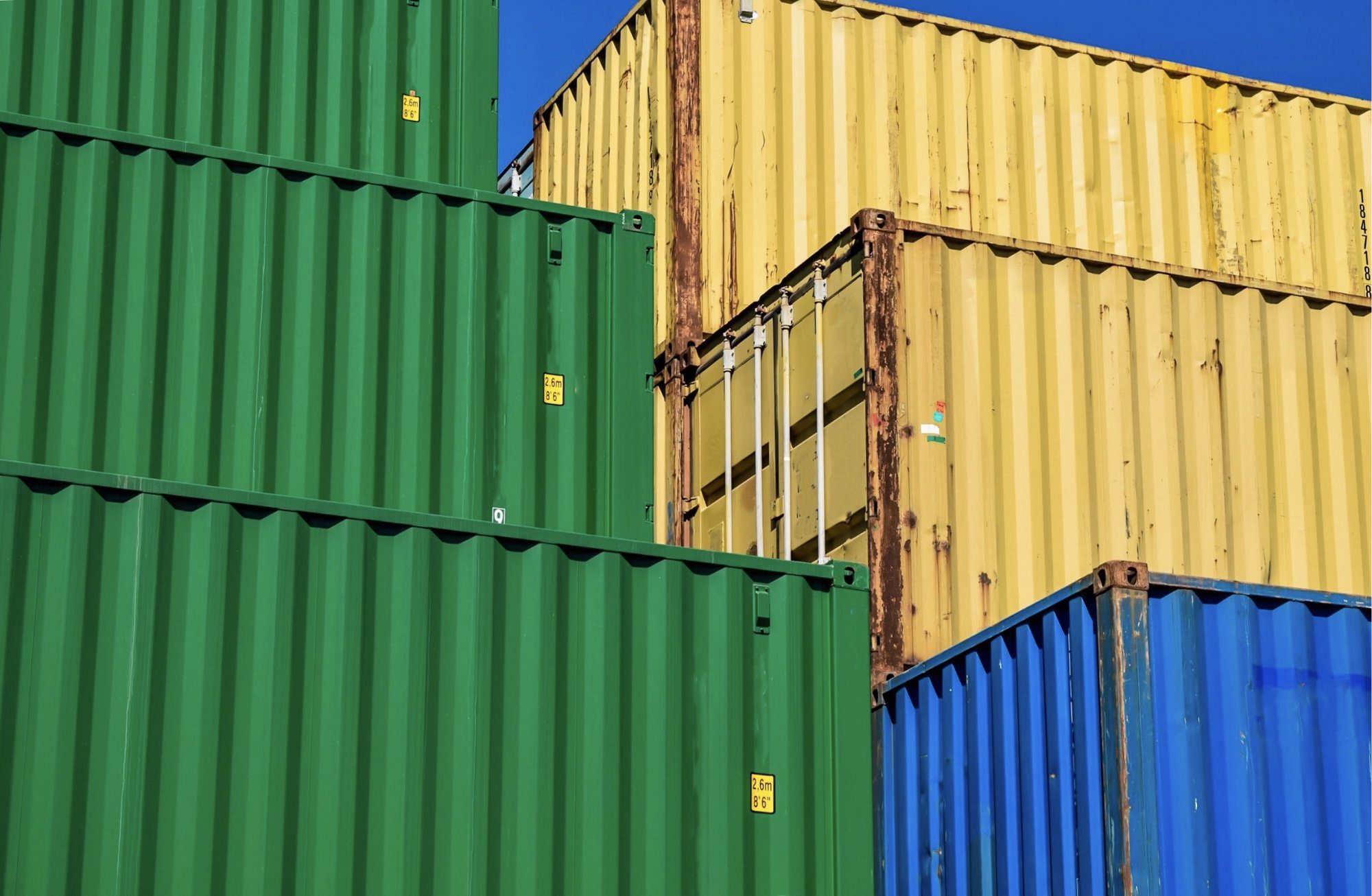A circular economy in India
Countries around the world have begun to implement a circular economy within their own economic systems. There is a huge potential for developing countries to adapt and implement policies that incentivize sustainable activities. For instance, it is arguable that India is naturally a circular economy, since they seem to recycle everything. However, they are faced with a growing waste problem.
There are three main recycling drivers: need, responsibility and wealth. However, India is driven by need, conservation and reuse. These drivers are prioritized in order to save money. This being said as income’s rise, behaviour changes towards a more throwaway culture. As economies evolve these different drivers take over. For example, recycling rates for electronics in 2020 were 11.7% in Asia compared to 42.5% in Europe. This is not because Europeans are less consumerist, but because they have been able to tap into generating wealth from waste. This is a similar situation in North America, specifically the United States and Canada. These countries have developed a recycling system, in which products are able to be reused or recycled accordingly.
In order to achieve a circular economy, it is important to innovate and educate consumers on the impact of recycling. It is crucial to do so to ensure that this mindset remains regardless of social economic class.

Creating a circular economy is also a priority of entrepreneurs and businesses. Businesses who implement circularity into their model, are able to progress at an exponential rate. In addition, government officials are a crucial part of accomplishing these changes. The implementation of policies can aid all strategies in place to adopt a circular economy mindset.
The circular economy conversation cannot be restricted to social gatherings. India’s immense resources are capable of finding a value in waste. Therefore, creating a circular economy in India can be a reality if finance, policy, technology and behavioural change could create new and innovative possibilities
What happens to the clothes you donate?

Donating clothes is beneficial for all parties involved: donators have a place to discard unwanted garments safely, charities are able to resell those clothes, and shoppers on a budget have the chance to buy affordable items. However, have you ever wondered what happens with the clothes you donate to your local charity? The path of donated clothing is more complicated than what you may think.
Donations are collected by charities through their donation bins. About 50% of these donations are selected and placed into their charity’s thrift store for resale. From which, about 50% of the clothes are successfully sold in the store. However, all the unsold clothes are stored, packed and subsequently sold by the pound to different organizations around the world.
These organizations are usually brokers and graders. On the one hand, brokers will find a domestic or international home for these goods. They deal with a high variety of partners such as recyclers, graders, and retailers. On the other hand, graders will sort through the clothes and categorize them into ‘levels’ or ‘grades’ by quality and type of materials.

Once the clothing is graded, the different levels of clothes will be packed together into small bales and sold to small retailers or wholesalers in developing countries. This way, people living in these countries can fulfill their vestment needs with high-quality used clothing and take care of the environment by extending the life of the garments.
Overall proceeds from donated clothes are used to fund programs for the community and help those in need. Whether it’s the money from thrift stores, or the wholesale side, the proceeds are able to support community development programs and create employment opportunities.
Container Crisis Update

The container crisis has been one of the many impacts of the pandemic. Securing a container has been extremely difficult and expensive to do. The price for shipping containers is rising at a historical pace, and is expected to remain for the remainder of the year.
There are many factors that have contributed to the container crisis, including the shortage of shipping containers available, the massive congestion at ports and the increase of demand for goods. It is expected that the crisis will ease during the first quarter of 2022, as consumers return to regular life activities and shift their demand for more services and activities.
Companies are beginning to prepare and plan for the delay in shipping, by placing orders well ahead of the Christmas holidays, ensuring that they have products available during the season. It is during these times that it is important to plan ahead and plan for the unexpected as much as possible.






